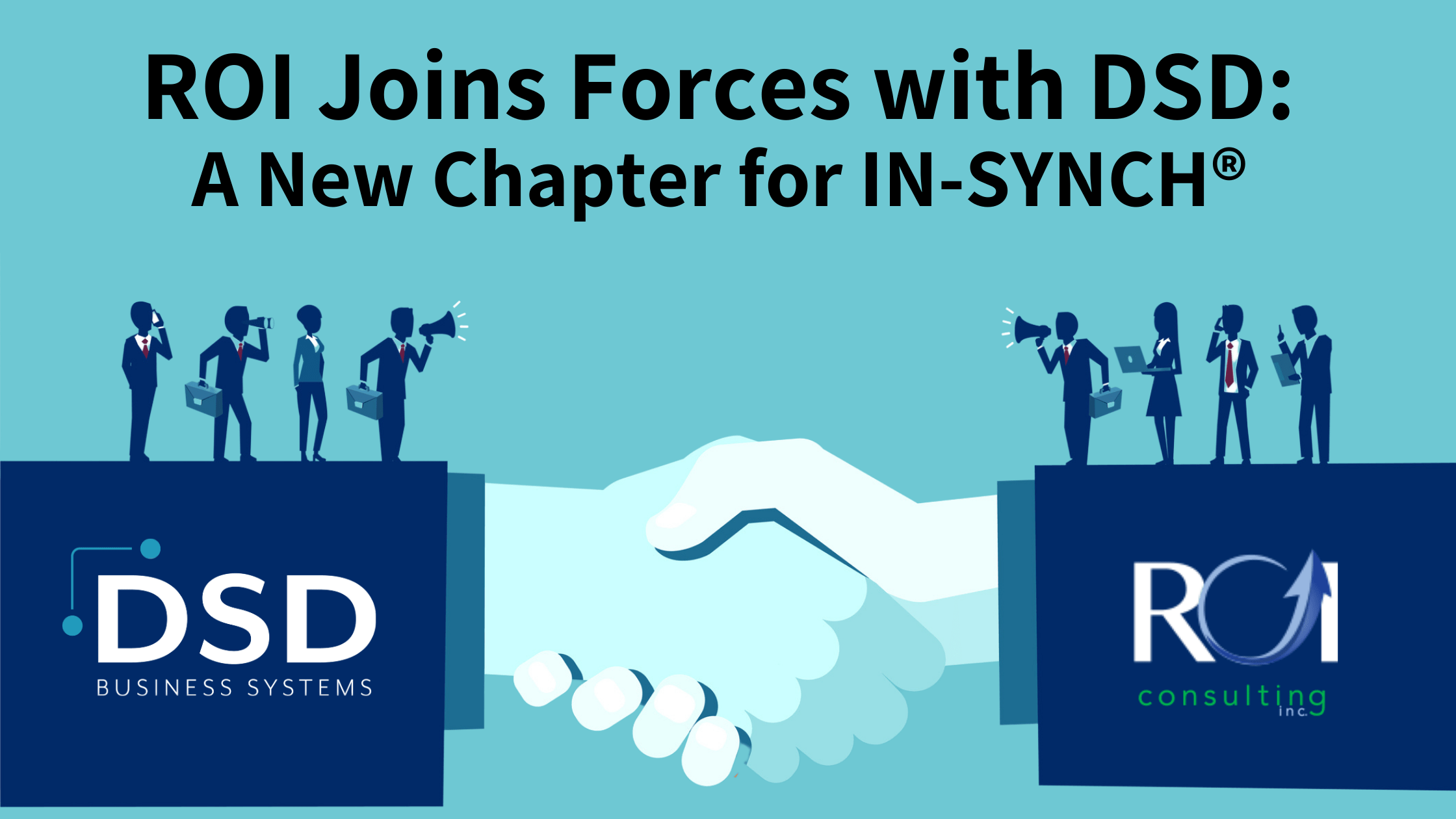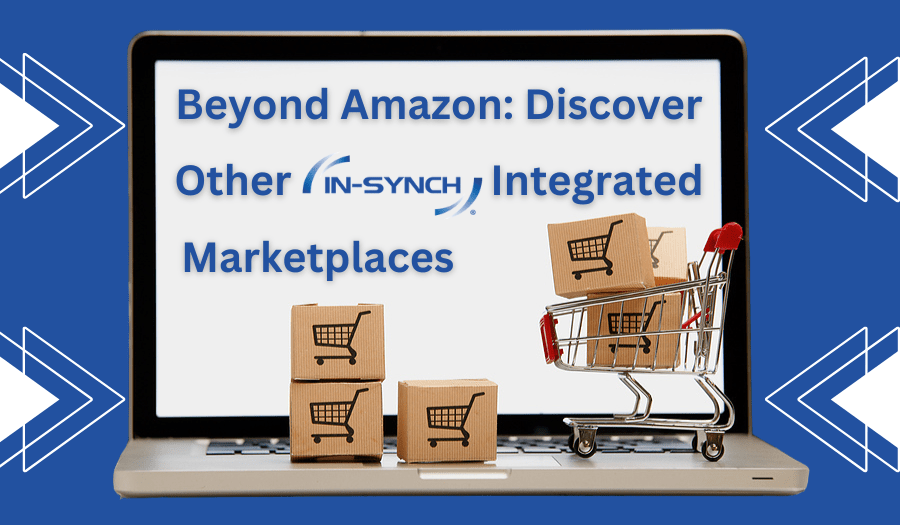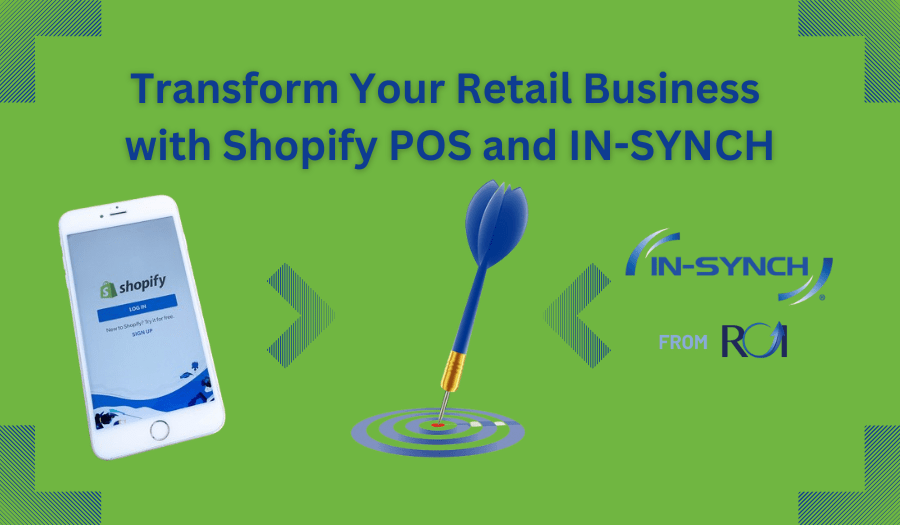By Ruth Richter • November 01, 2018

The world might not be quite to that level yet with virtual reality (VR), but it’s getting closer. In a bid to remain relevant in an increasingly Amazon-driven world, Walmart recently filed a patent for a virtual reality store.
VR: The New Retail Frontier
Virtual reality has come a long way from the clunky wired headsets of the 90s. Now, almost any American can access VR through a light headset and a smartphone. With ecommerce growth on a steady upward climb, the bigger companies are looking for the next new way to compete. VR also offers another way for brick and mortar retailers to combat the costs associated with store upkeep and labor.
Walmart has already dipped a toe into the virtual world: In June, they announced testing of a new virtual shopping tour experience that took shoppers through a “virtual shopping tour” of a curated apartment boasting almost 70 different products from national brands and Walmart’s private labels. Customers simply had to click on a product for more information. In conjunction, they also announced a “buy the room” feature that would enable college students to purchase a fully coordinated dorm room look with a single click. The savvy online retailer would expect a combination of these two announcements to not be far off in the future.
Connecting Your Systems for Virtual Shopping
What does this mean for Walmart Marketplace sellers? Perhaps the opportunity to see your product featured someday in the virtual shopping tour or even in the virtual Walmart store. VR or not, you’ll want to make sure your products can make a smooth transition from virtual shelf to real customer doorstep. To do that, you’ll need the right integration solution for secure, real-time information synchronization that will keep order processes moving seamlessly from click to delivery.
The best integration tool will bridge between your Sage ERP, e-commerce sites, databases, and third-party shopping carts such as Walmart Marketplace. For this level of integration, you can count on IN-SYNCH by ROI Consulting. With IN-SYNCH, your systems will be notified immediately when a third-party order arrives, speaking to your warehouse management systems to update inventory levels and ensure that your e-commerce site reflects accurate inventory. Integration is lightning fast, secure, and reliable.
Real Connection with IN-SYNCH
While Walmart’s virtual store may yet be a ways off, don’t delay integration planning. You’ll see immediate benefits that will only compound in the future. Contact ROI Consulting today to see how IN-SYNCH can perfectly integrate with your ERP solution and other databases.




